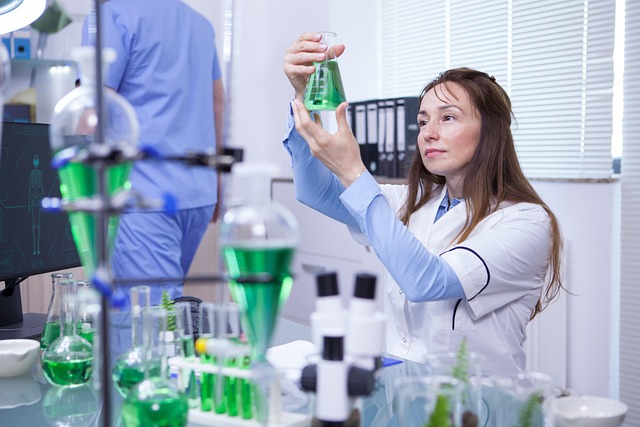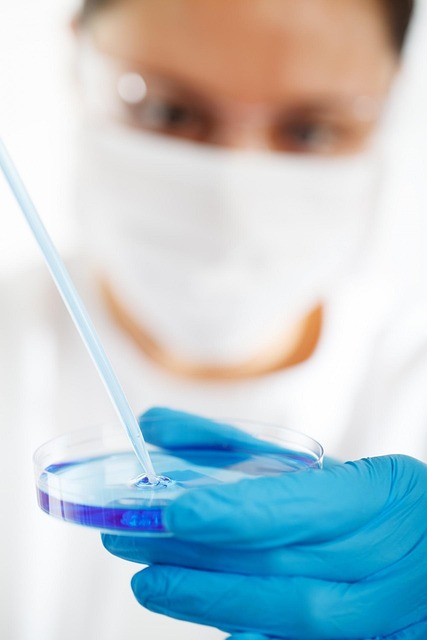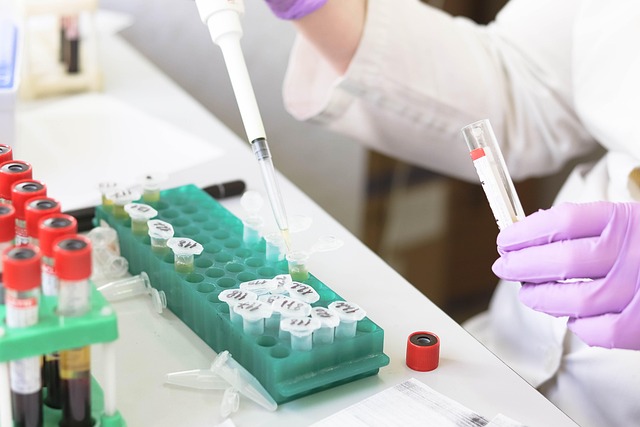After water damage, while DIY home mold testing kits are available, professional mold inspections using specialized equipment offer a more reliable method. Professionals consider moisture levels, scent, and visible signs to determine the extent of mold growth, crucial for thoroughness and peace of mind regarding air quality, especially with extensive water damage or respiratory issues among occupants. Air quality mold tests, in conjunction with visual inspections, ensure comprehensive evaluation of potential health risks associated with hidden mold spores, making professional inspections the best course of action for effective remediation.
After water damage, it’s crucial to understand the potential for mold growth and whether a thorough investigation is needed. This article delves into the importance of addressing mold early, distinguishing between mold testing and inspection, and exploring professional vs. DIY methods. We’ll guide you through air quality mold tests, home testing kits’ reliability, and best practices for effective detection. By understanding when to test for mold, you can ensure a safe and healthy environment in your property post-water damage.
- Understanding Mold Growth After Water Damage
- The Role of Professional Mold Inspection
- Advantages of Air Quality Mold Testing
- Home Mold Testing Kits: Are They Reliable?
- Best Practices for Detecting Mold Effectively
- When to Test for Mold in Your Property
Understanding Mold Growth After Water Damage

After water damage occurs, understanding mold growth is crucial. Mold thrives in damp environments, so areas affected by water leaks, floods, or excessive humidity are at high risk. What’s more, mold can start growing within 24 to 48 hours after moisture intrusion, making prompt action essential. A simple visual inspection might not always reveal hidden mold growth, especially behind walls or under flooring. This is where professional mold testing and inspection come into play.
While home mold testing kits offer a DIY solution, they may not provide accurate results. Professional mold inspectors employ specialized equipment to assess air quality and identify mold spores, offering a more reliable method for detecting even subtle mold growth. They also consider factors like moisture levels, scent, and visible signs to determine the extent of the problem. Choosing a professional inspection is particularly important if you suspect extensive water damage or if occupants experience respiratory issues, as it ensures thoroughness and peace of mind regarding air quality.
The Role of Professional Mold Inspection

After experiencing water damage in your home or property, it’s crucial to understand that the presence of moisture can create an ideal environment for mold growth. While DIY home mold testing kits are available, a professional mold inspection is often the best way to detect hidden mold and assess air quality. Unlike mold testing kits, which typically focus on surface sampling, a professional mold inspector utilizes advanced equipment like moisture meters, thermal imaging cameras, and air quality mold tests to uncover mold that may be hidden behind walls or under flooring.
Professionals also have extensive knowledge of common areas where mold tends to proliferate in post-water damage scenarios, enabling them to thoroughly inspect your property. They can identify not just the presence but also the type and extent of mold contamination, which is essential for effective remediation. Additionally, a professional inspection provides peace of mind by ensuring that any potential health risks associated with mold exposure are accurately evaluated and addressed.
Advantages of Air Quality Mold Testing

When it comes to water damage restoration, mold testing vs inspection is a key consideration. While a visual professional mold inspection can identify obvious signs of mold growth, an air quality mold test offers several advantages. It provides a detailed and accurate assessment of airborne mold spores, ensuring that even hidden or hard-to-reach areas are checked. This is particularly crucial because some types of mold produce microscopic spores that can circulate in the air for extended periods, potentially leading to health issues if not addressed promptly.
Using home mold testing kits may seem like a cost-effective solution, but they often lack the sensitivity and expertise of professional tests. The best way to detect mold is through comprehensive air quality mold testing, which can pinpoint exact locations of spore concentrations. This information empowers restoration professionals to target specific areas during cleanup, ensuring that any existing mold is removed effectively. By integrating air quality mold test results into the restoration process, homeowners can be more confident in the safety and cleanliness of their living spaces after water damage.
Home Mold Testing Kits: Are They Reliable?

Home mold testing kits are a popular and readily available option for homeowners concerned about mold growth after water damage. These DIY kits offer an easy, step-by-step process to collect samples and determine if mold is present in your home. However, when it comes to reliability, there are some considerations. The accuracy of these tests largely depends on proper sampling techniques and the expertise of the user. While these kits can provide valuable insights, they may not always offer a comprehensive assessment compared to professional mold inspections.
Professional mold inspections, on the other hand, involve thorough examinations by trained specialists who use advanced equipment for air quality mold testing. They carefully inspect hidden areas, track moisture levels, and employ specialized tools to detect even microscopic mold spores. This level of expertise ensures a more accurate diagnosis and can pinpoint the source and extent of mold growth. When water damage occurs, consulting a professional for a detailed mold inspection is often the best way to ensure comprehensive peace of mind and effective remediation.
Best Practices for Detecting Mold Effectively

When it comes to detecting mold after water damage, the best approach is a combination of professional inspection and air quality testing. While home mold testing kits can be a quick way to check for surface mold, they often don’t pick up hidden or latent mold growth that may be concealed behind walls or under flooring. A professional mold inspection provides a comprehensive assessment by experts who use advanced tools and techniques to identify and locate any signs of mold, including invisible spores that might indicate a larger problem.
Air quality mold tests are particularly useful for gauging the overall health risk associated with airborne mold contaminants. These tests measure the level of mold spores in the air, helping to determine if the environment is safe or if further remediation is necessary. Combining these methods ensures a thorough evaluation, allowing you to address any mold-related issues promptly and effectively.
When to Test for Mold in Your Property

When deciding whether to conduct a mold test after water damage, understanding when and how to look for it is crucial. While a visual inspection can reveal visible signs, like discolored spots or musty smells, these may not always indicate the presence of mold. A professional mold inspection goes beyond what the naked eye can see by using specialized equipment to identify hidden mold growth.
Professionals recommend testing for mold in situations where there has been significant water intrusion, especially if the water damage was due to a flooding event or pipe burst. Air quality mold tests are particularly useful for assessing indoor air pollution and determining whether mold spores are present at levels that could pose health risks. Home mold testing kits offer a DIY option but may not be as comprehensive or accurate as professional methods, so they’re best used as a preliminary screening tool.
